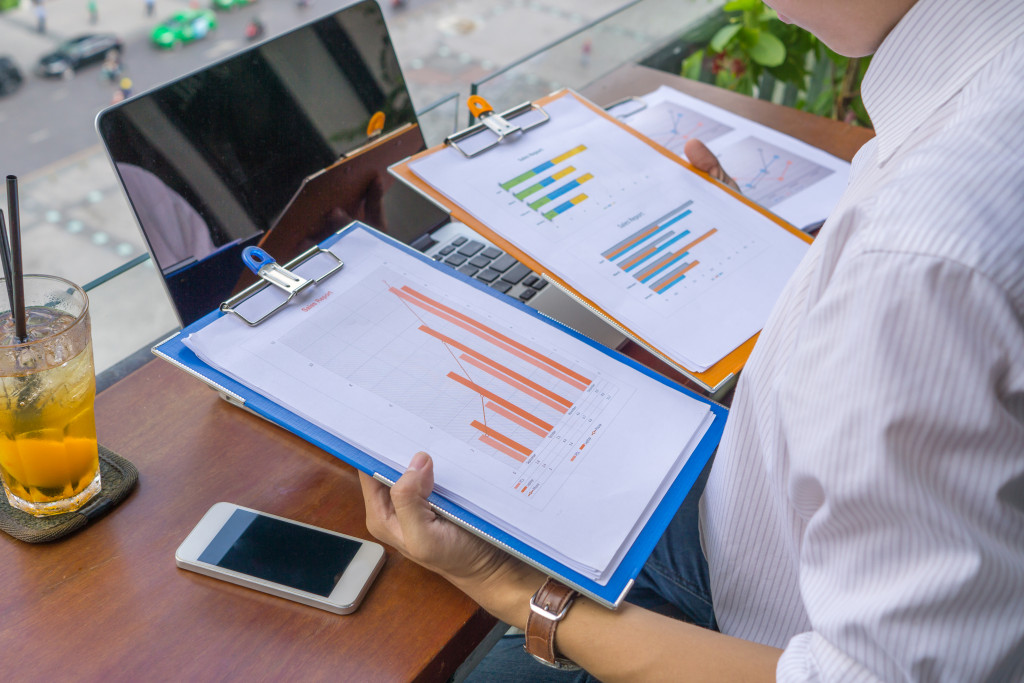In a world where economic instability is the norm, protecting your assets is more crucial than ever. While some people may be content to rely on government safety nets, others know it’s essential to take measures into their own hands.
As the pandemic hit in 2020, many people lost their jobs and retirement savings overnight. And according to a 2021 Bankrate survey, about 51% of Americans have no emergency savings, which means they’re one unexpected expense away from financial ruin.
The good news is that you can take steps to safeguard your assets. These strategies won’t guarantee that you’ll never experience a loss, but they can help you weather tough times and come out ahead in the long run. So, whether you’re looking to protect your savings from a volatile stock market or safeguard your home from creditors, here are some best practices to keep in mind.
Diversify Your Investments
When it comes to asset protection, diversification is critical. You don’t put all your eggs in one basket, so why would you invest all your money in one place? By spreading your investments across different asset classes, you can minimize your risk and maximize your chances of coming out ahead.
For example, you have $100,000 to invest. You could put it all into a single stock, but if that stock tanks, you could lose everything. Alternatively, you could put $10,000 into 10 different stocks. So even if one of those companies goes under, you’ll still have the other nine to fall back on.
Of course, diversification is about more than just stocks. You can also diversify your investments by putting money into bonds, real estate, and other asset classes. And within each asset class, you can further diversify by investing in different types of securities.
The bottom line is that you should never rely on a single investment to grow wealth. By diversifying your assets, you can minimize your risk and give yourself a better chance of weathering any storms that come your way.
Create a Cushion with an Emergency Fund
An emergency fund is one of the best ways to protect yourself from financial ruin. However, not everyone knows how to create one. In a nutshell, an emergency fund is a savings account that you set aside for unexpected expenses. Ideally, your emergency fund should cover at least three to six months of living expenses. So, if you lose your job or face an unexpected medical bill, you’ll have the money you need to keep yourself afloat.
To start, open a separate savings account and set up automatic transfers from your checking account. Then, make it a goal to contribute to your emergency fund regularly. Once you have three to six months of living expenses saved, you can start investing the money in other ways.
Although building up your emergency fund may take some time, it’s worth the effort. Having that cushion will give you peace of mind knowing that you can handle whatever life throws your way.
Organize your Records
Suppose you already have several investment accounts and are doing a good job diversifying your assets. That’s great! But if you don’t have a system for organizing your records, all that hard work could go to waste. So, if you handle many asset classes, keeping track of everything in one place is essential. That way, you can quickly see how your investments perform and make changes as needed.
Many investors do this by creating a spreadsheet with all their investment information. This record includes the account name, balance, and performance over time. Then, they update the spreadsheet regularly to ensure that information is updated. However, this process is time-consuming and requires much effort to maintain.
Fortunately, there are other options available. A modern alternative investment software can help you track your investment performance in one place. You can set this software automatically update, so you don’t have to worry about manually entering data.
With this tool, you can see how your investments are doing at a glance and make changes as needed. As a result, you’ll save time and have peace of mind knowing that your records are always up-to-date.
Review Your Accounts Regularly
Investors often make the mistake of setting and forgetting their investment accounts. But if you want to protect your assets, you must review your accounts regularly. By monitoring your investments, you can catch any red flags early on and take action to prevent further losses.

For example, you have an investment that loses value for several months. If you catch it early enough, you can sell the asset and put the money into something else. But if you don’t review your accounts regularly, you might not realize there’s a problem until it’s too late.
So, how often should you review your accounts? At the very least, you should check in on your investments monthly. But if you’re dealing with volatile assets, it’s best to check in more frequently. When you’re updated with your accounts regularly, you can take steps to protect your assets and grow your wealth over time.
Investors who want to protect their assets should take a multi-faceted approach. That includes creating a diversified portfolio, building cushions for emergencies, keeping an organized record, and continuously reviewing accounts. By doing this, you’ll be in a much better position to face uncertainties and keep your investments safe.
